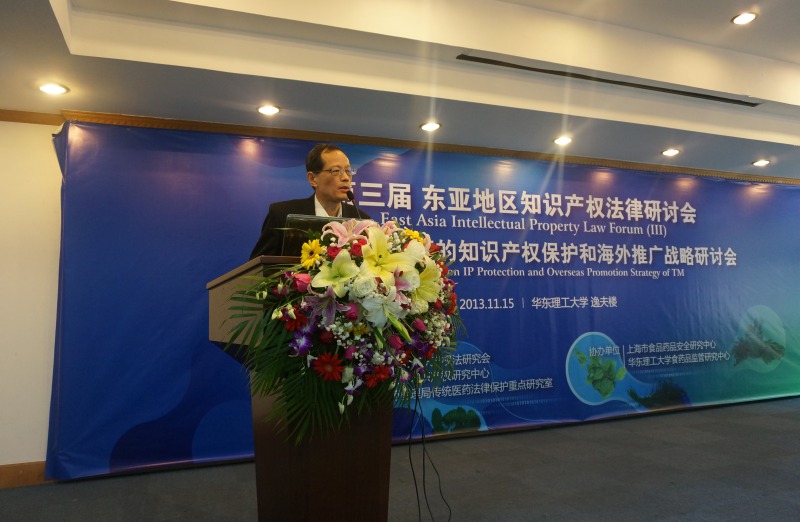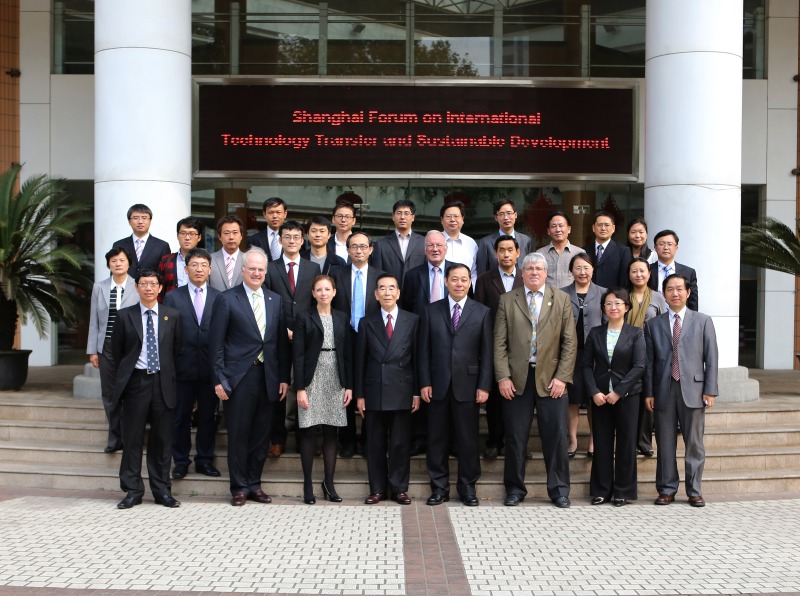Regulations on the Intangible Cultural Heritage of Sichuan Province Will be Implemented on September 1st
On June 3rd, 2017, the 33rd Session of the 12th Standing Committee of People’s Congress of Sichuan Province took a vote and adopted the Regulations on the Intangible Cultural Heritage of Sichuan Province, which will be put into effect on September 1st, 2017. Sichuan has 6 UNESCO Intangible Cultural Heritage projects, 139 national and 522 provincial intangible cultural heritage projects as well as 69 national and 764 provincial representative inheritors. Sichuan has made remarkable achievements in promoting the creative transformation and innovative development of excellent traditional culture.
Intangible Cultural Heritage Projects are Closed to the Masses
It is reported that Sichuan hosts nearly 100 fairs every year, making intangible cultural heritage projects gradually integrated into modern life.
In recent years, Sichuan has focused on the productive protection of intangible cultural heritage. It has established 7 national intangible cultural heritage productive protection demonstration bases, naming 23 provincial productive protection demonstration bases and 23 provincial inheritance and training bases.
Chengdu’s approach on how to promote the intangible cultural heritage to be closed to the ordinary people is worth mentioning . In the past decade, the international intangible cultural heritage festivals in Chengdu are not only the largest focus, highlight and carrier of the world intangible cultural heritage protection, but also the people’s festival due to the high popularity.
Protection and Inheritance Render Good Momentum
During the Dragon Boat Festival, Sichuan held a dragon boat race combined with various local intangible cultural heritage projects, such as dragon and lion dance.
Sichuan has also explored to combine intangible cultural heritage resources with local folk activities, suchas Zigong Lantern Festival. Meanwhile, Qiang Embroidery and some other intangible cultural heritage projects have given a full play to their economic potential.
The key to inheritance is the inheritors. At present, the training of inheritors in Sichuan is promising. Since 2016, Sichuan has actively implemented the National Intangible Cultural Heritage Inheritors Training Plan. Besides, it has sent over 30 inheritors to colleges to participate the training, which is aimed at cultivating a new generation of inheritors. Meanwhile, the Sichuan Provincial Department of Culture has organized training classes with local colleges to enhance the innovation and design level of traditional crafts projects and the development potential of intangible cultural heritage projects.
The Protection Consciousness has been Strengthened
In Sichuan, the framework of intangible cultural heritage protection agencies has been gradually built up, respectively provincial, municipal and county levels. 11 municipal cultural bureaus separately set up intangible cultural heritage departments or cultural heritage departments. So far, the special funds of intangible cultural heritage protection have reached 18 million yuan per year. Each provincial inheritor gains 5,000 yuan for special subsidies every year. Cities, including Chengdu, Mianyang, Luzhou and Panzhihua, have also set up special subsidies for inheritors. Autonomous Prefectures, including Liangshan, Aba, Ganzi, have also promulgated the local regulations.
Sichuan will promote the implementation of regulations, accelerate the legislation of Sichuan intangible cultural heritage protection, and strengthen people’s protection consciousness of intangible cultural heritage.
Source: China Culture Daily
Time:2017.06.08
next:2017 “Cultural and Natural Heritage Day” Activities in Tonghua, Jilin


